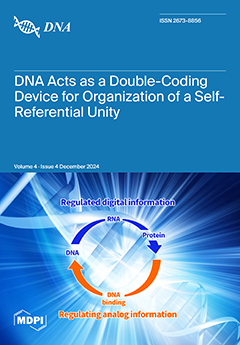Background/Objectives: This study explores the genome sequencing data from the infection of
Pseudomonas fluorescens UFV 041 by the bacteriophage
Pijolavirus UFJF_PfSW6, aiming to identify and characterize prophages induced in the host bacterium during the infection. Methods: Scaffolds from sequencing data were analyzed,
[...] Read more.
Background/Objectives: This study explores the genome sequencing data from the infection of
Pseudomonas fluorescens UFV 041 by the bacteriophage
Pijolavirus UFJF_PfSW6, aiming to identify and characterize prophages induced in the host bacterium during the infection. Methods: Scaffolds from sequencing data were analyzed, and reads were mapped to identify potential prophages using phage-to-host coverage metrics. The putative prophage scaffold was annotated, taxonomically classified, and its integration in the host bacterium was verified by PCR amplification of two target genes. We also tested whether mitomycin treatment could induce the prophage to enter the lytic cycle. Results: The prophage
UFJF_PfPro was identified with a high phage-to-host coverage ratio. Its genome is 32,700 bp in length, containing 42 genes, 3 terminators, and 11 promoters, with 98.84% completeness. PCR confirmed its integration into
P. fluorescens UFV 041, but mitomycin treatment did not induce the lytic cycle. The
UFJF_PfPro genome shares 38.60% similarity with the closest lytic phages in the
Phitrevirus genus, below genus and species assignment thresholds. A viral proteomic tree clustered
UFJF_PfPro with
Phitrevirus in a clade representing the
Peduoviridae family. Conclusions: The
UFJF_PfPro is a prophage integrated into the
P. fluorescens UFV 041 genome, but we were unable to induce it to enter the lytic cycle using mitomycin treatment. The genome of
UFJF_PfPro encodes all structural proteins typical of the
Caudoviricetes class and shares low genomic similarity with species of the genus
Phitrevirus, suggesting that
UFJF_PfPro represents a new genus and species within the
Peduoviridae family.
Full article



